
Book cover
Vehicle systems can be complex and costly to develop. There are tooling costs, distributed system interactions that must be taken into account.
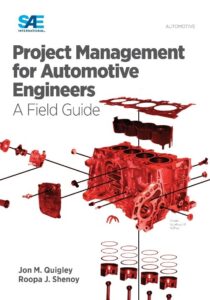
Plus a range of system versions or variation of components that rapidly increase this complexity. Some manufacturers and products will be high volume and errors in the system found after launch can be costly indeed. Additionally, vehicles are subject to the same time to market pressures. There is an old product testing adage, test early, and test often, and the earliest form of product testing is simulation, when the product and environment exist as a mathematical model.
The excerpt below on product simulation, is from the book Project Management for Automotive Engineers, written by Jon M Quigley and Roopa J. Shenoy and published through SAE Intl. and available at most book stores. The book is a guide for either new project managers to the automotive industry, or engineers moving into the project management discipline.
4.3 Virtual Testing and Prototype in Product Development
Product development requires acquiring knowledge and reducing uncertainty through early-phase testing; often this is via the use of prototype parts. However, prototype parts are not the only way to learn about or explore the product. Considerable exploration and learning are obtained from modeling and simulation. However, there is no substitute for the actual parts and real-world testing.
Low-cost and high-end computer systems make simulation a cost-effective alternative to extensive prototyping. These virtually generated parts are used to learn about product functionality and critique the design even before a part is made. For example, the part is designed using CAD tools and given properties due to shape and material.
The performance of the product is measured against the product objectives and customer needs in a virtual environment—simulating the stimuli and customer use to which the product will be subjected. Therefore, an effective model is contingent upon the understanding of the product and the product’s environment and based on product usage.
Yet, virtual testing can have its limitations. The virtual simulation will require measurement of the real-world environment such as gathering vibration profiles from specific areas of the vehicle during a range of road and driving conditions. To gather customer use, we may have surveys, clinics (customer product use and focus groups), and other customer studies.
This helps to establish a good baseline for the virtual test environment and develop a correlation with real-world examples. The second step is to review the prediction from the model and compare it to the actual performance.
If the product has many variations or the system configuration has a high degree of variability, it is especially important to employ simulation. In these cases, testing all combinations or configurations becomes impossible, both in terms of time and from the verification and test perspective.
This requires subjecting a version of the product (prototype) to the stimuli contained in the simulation.
Then, a comparison of the actual performance of the product against the prediction is made. If the matching or predictions are good, then the simulations and virtual testing are likely valid. If the correlation is poor, further improvement in the model is needed.
Based on the feedback during the development process from virtual and real testing, the product design is revised. This is a good time to introduce the words validation and verification. Validation is the comparison of the design to the customer’s needs being met. Did we build the correct thing? Verification is the comparison of the product to the specifications used to define the product. Did we build the thing correctly?
The work with the prototype parts provides opportunities to learn about the proposed product. This learning translates into design updates or changes to better meet the objectives. Figure 4.3 is an illustration of the multiple uses of prototype parts. Early mock-up parts do not just serve the purpose of verification of the design but can also provide confidence in the supplier development, as well as validation of the design for customer use. All of those provide necessary input to improve the next iteration of the product.
In iterative product development, the team builds increments of the product and explores that iteration, thereby learning from each increment.
The aim is to improve the subsequently developed product and perhaps the process. This iterative and incremental approach reduces risk and ensures that the product is understood, and the development is under control to ensure a high degree of product quality. The incremental product growth is generally tested in steps as described below:
- Digital models and simulation
- Mechanical mock-up (form only)
- Form and basic functionality (most important)
- Form and all functionality
- All the above and built-off production parts, tooling, and processes
At the start of the project, the project manager works with the product development team to identify specific product objectives to be met during each phase and prototype part delivery. Success requires good collaboration and communication with the different team members articulated in the project time plan.
Figure 4.4 describes the iterative testing in which each design loop is used to design, procure, and test. The most important element here is the feedback from one loop of testing or product critique to the next loop of development. During the procure step, we are obtaining an iteration of the product with a specific set of content upon which we will test and learn more about the product.
If there is insufficient time to test the part and provide feedback, it is time to consider not procuring the prototype parts. Keep in mind that these early parts are expensive and can pose a burden on the supplier development program. From the supplier’s view, they are “live prototyping” to gain confidence in the business, process, and technical solutions.
Another point of which to be aware of the aspect of multi-layer time plan dependencies. The time plan for complete testing should include critical connections between the design iteration and procuring parts and specific test equipment availability.
Next, the time plan should also account for the shipping of the parts. Sufficient time should be allocated for the arrival of the parts and critique or assessment as well as feedback on the design iteration at the local unit and the supplier. Experience suggests that design engineers underestimate the time required to develop the initial requirements and prototypes, and that results in compression of time for the testing time of the iteration. With insufficient time spent on testing, the whole effort for the prototype and cost incurred becomes useless.
Figure 4.5 depicts an example of multi-layer time. In reality, it may be more complicated than the one shown with engineering, marketing, aftermarket, purchasing, finance, and multiple other projects and components, as well as verification and validation activities. On the top level are key project milestones that dictate the deliverables from other stakeholders. These milestones are illustrated in the downward-pointing triangles on the graphic.
With a secured time plan, the project manager is better able to quickly see when the project execution exceeds that of the plan by monitoring the actual deliveries against the plan. Each late input and unclear strategy has a corresponding ripple effect—specifically, the expected delivery of intermediary deliveries and ultimately, left uncorrected or adjusted, to the production date.
It is, of course, possible to think of modeling in ways other than high-end computer applications. For example, consider the shape or envelope of the product. Perhaps it is possible to use cardboard to derive the shape—modeling need not be complicated. Modeling and simulation can reduce development time.
It is good to develop strength in virtual testing within the organization. However, modeling via computer is not the sort of capability that happens overnight. It requires the organization to plan well into the future. To be effective, the organization will need to measure the environmental stimuli to which the product will be subjected: this takes time and specialized expertise.
Then, the key measurements are used to generate the model for the simulation. Once established, it is possible to achieve great benefit in lowering the development costs, risk, and product development time through incremental effort. With appropriate and efficient tools, a comprehensive model can be developed to reduce the need for prototype parts for certain iterations.
That is, reduce the need, not eliminate it. The team should work to develop a good correlation to understand the real stimuli and product response, comparing the models to the actual measured performance of the product.
Modeling and simulation require a mental shift from the way a traditional organization works. To be successful requires great amounts of up-front work in the project, often referred to as front loading. It is important to identify which attributes and stimuli can be tested virtually and which require physical parts.
Some features can be tested virtually and can be done in parallel with physical testing. Figure 4.6 shows the basic steps for developing simulation models by identifying the correct parameters, building models, running simulation, comparing to test results, and analyzing data. The veracity of the model is important for the success of the simulation effort.
In the case of the long lead time prototypes, a balance should exist between test needs and the associated development cost. As the project progresses, the objectives of the test become different from proof of concept and design evaluation to the manufacturing assessment. With this change in objective, the scope of the prototype also changes.
With the constant advancement of 3D printers, we can build physical mock-ups of the product that do not require costly and time-consuming tooling. With these quickly generated incarnations of the product, it is possible to provide the customer with the ability to quickly assess the fit, interfaces, and, to a limited degree, the finish of the prototype.

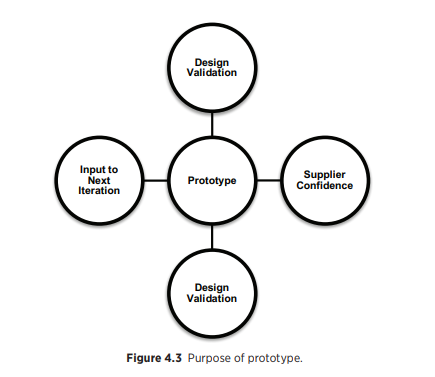
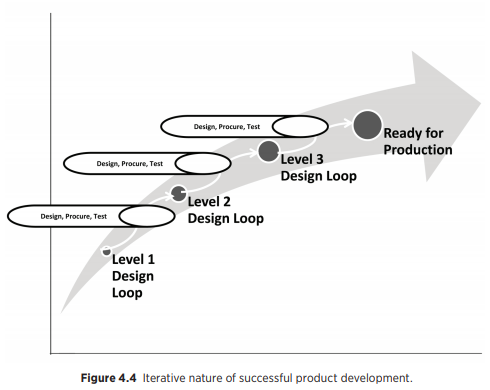
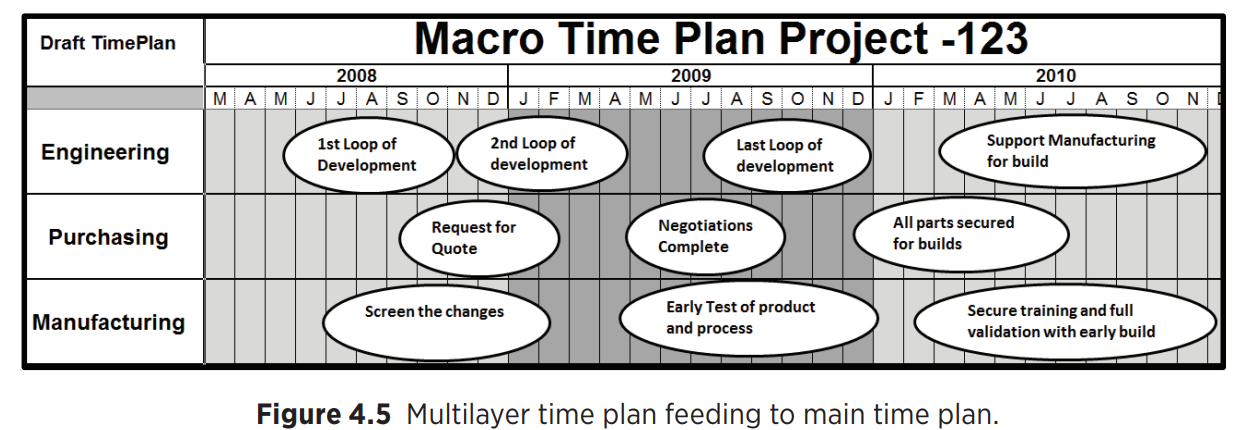
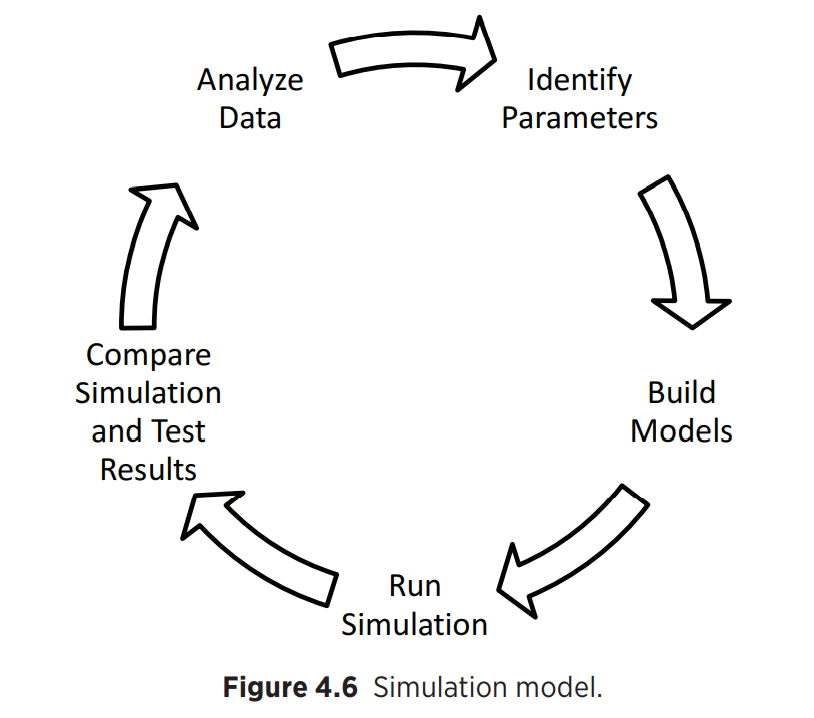

More Stories
Is Your 70 Series Land Cruiser Underperforming? Here’s How to Unleash Its True Potential
What to Do After a Motorcycle Accident to Protect Yourself
Injured in a Motorcycle Crash? Talk to an Attorney Now